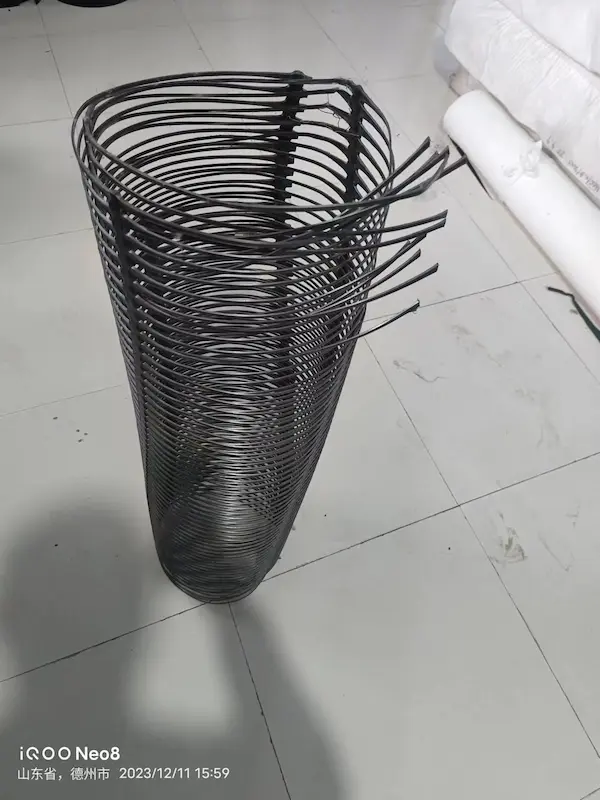Geogrids in Soil Engineering
Geogrids, also known as geogrid reinforcement, are a type of polymeric grid material commonly used in soil engineering to improve the mechanical properties of soil masses. They are typically made of high-strength polymers and are designed to provide tensile reinforcement to soil, sand, or gravel. Geogrids have numerous applications in various engineering projects, such as retaining walls, slope stabilization, and embankment reinforcement. However, like any other engineering material, geogrids also have their advantages and disadvantages.
Advantages of Geogrids
High Tensile Strength: Geogrids are made of high-strength polymeric materials, which allows them to effectively distribute and reduce loads in soil masses. This tensile reinforcement significantly enhances the overall stability and bearing capacity of soil structures.
Excellent Adaptability: Geogrids can adapt to soil deformation and settlement, allowing them to maintain their structural integrity even under changing conditions. This adaptability makes them suitable for use in areas with high seismic activity or other dynamic loads.
Ease of Installation: Compared to traditional reinforcement methods, geogrids are relatively easy to install. They can be easily laid over the soil surface and integrated into the soil mass using various techniques, such as staking or soil nailing. This simplicity reduces installation time and labor costs.
Environmental Friendliness: Geogrids are made of polymeric materials that are generally recyclable and have a low impact on the environment. Additionally, their use can help reduce the need for excavation and filling, thus minimizing land disturbance and erosion.
Disadvantages of Geogrids
Cost: Although the installation process of geogrids is relatively simple, the material itself can be costly. The high-strength polymeric materials used in their manufacture contribute to their overall price, which may make them less economical for smaller or less critical projects.
Sensitivity to Installation Quality: The effectiveness of geogrids largely depends on the quality of installation. Incorrect installation, such as improper staking or soil nailing, can significantly reduce their reinforcement capabilities. Therefore, it is crucial to have skilled labor and strict quality control measures during installation.
Limited Applicability: Geogrids are primarily designed for use in cohesionless soils, such as sand and gravel. Their performance in cohesive soils, such as clay, may be limited due to the different soil-grid interaction mechanisms. As a result, their applicability may be restricted to certain types of soil and engineering projects.
Long-Term Durability Concerns: Although geogrids are designed to have excellent durability, they may be susceptible to degradation over time due to factors such as UV exposure, chemical corrosion, or biological attack. This can affect their long-term performance and require periodic inspection and maintenance.
In conclusion, geogrids offer significant advantages in soil engineering, providing effective tensile reinforcement and improving the stability of soil structures. However, they also have some disadvantages, including high cost, sensitivity to installation quality, limited applicability, and potential long-term durability issues. Therefore, it is crucial to carefully evaluate the specific project requirements and conditions to determine if geogrids are the most suitable reinforcement material for the job.
A leading manufacturer of geogrids
We are a leading manufacturer of geogrids based in China. Our state-of-the-art facilities and cutting-edge technology allow us to produce high-quality geogrid products that meet international standards. With a focus on innovation and quality control, we strive to provide cost-effective solutions for soil reinforcement, stabilization, and erosion control in various civil engineering projects. Contact us today to learn more about our geogrid products and how they can benefit your project.

942.webp)
237.webp)
106.webp)